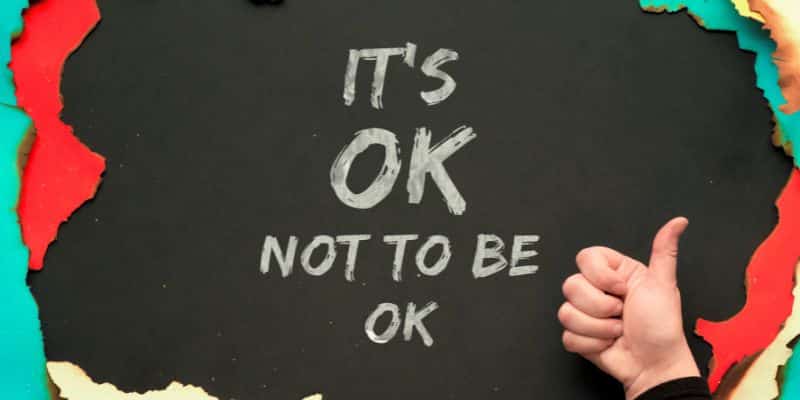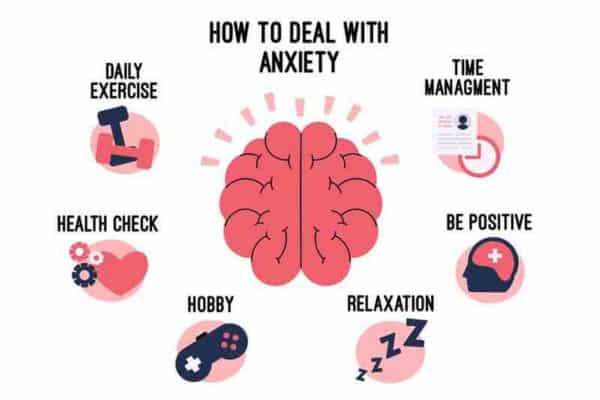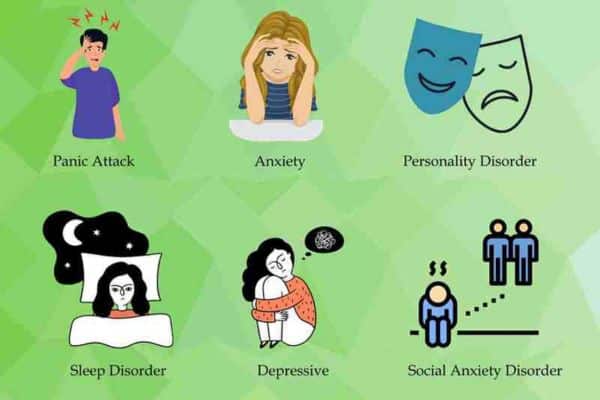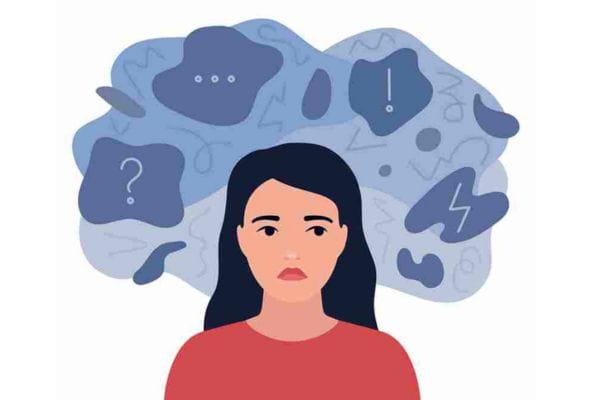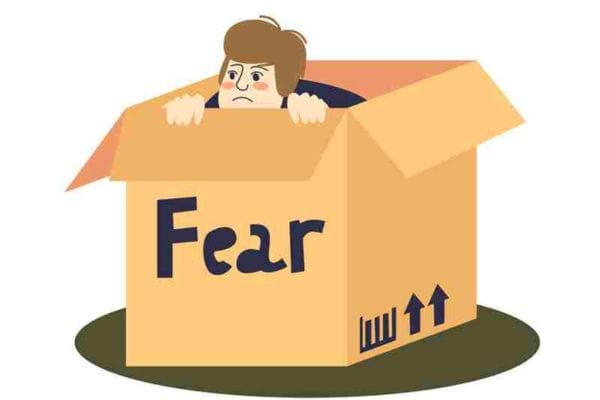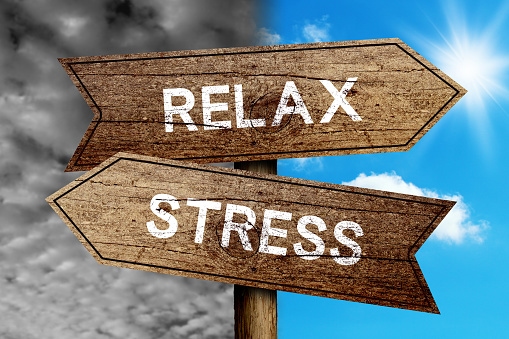“Worrying doesn’t empty tomorrow of its sorrows; it empties today of its strengths.”- Corrie Ten Boom
“You don’t have to struggle in silence. You can be un-silent. You can live well with a mental health condition, as long as you open up to somebody about it.”- Demi Lovato
Whether you are experiencing panic attacks, dominating thoughts, tireless concerns, or paralysing fears, it is important to know that living with these phobias and anxiety is not necessary. Mostly, therapy has proven to be the most effective option for anxiety. This is because anxiety therapy, unlike medication, does not only cure the symptoms. Therapy is a way for you to fish for the root causes of your concerns and phobias; pursue relaxation; analyse situations in new, less terrifying ways, and start building healthier coping and problem-solving skills. Therapy is just the paddles to show you how to row your boat and cross the river of concerns ahead, but the ‘rowing’ is done only by you.
There are countless approaches and types of therapy to treat anxiety, but the prime types are Cognitive Behavioural Therapy(CBT) and Exposure Therapy. These anxiety therapies can be used separately, or together with other types as well. But the goal is the same: to curb your anxiety levels, relax your mind, and conquer your fears.
What is Cognitive Behavioural Therapy(CBT)?
This is the most largely used therapy for anxiety disorders. According to research, it has proved to be effective in treating panic attacks, overbearing fears, social anxiety disorder, and generalised anxiety disorder, among many other symptoms.
It identifies unhealthy patterns and misrepresentation in the way we perceive our surroundings and ourselves. It entails 2 main elements:
– Cognitive Therapy- this determines how unhealthy feelings or cognitions play a part in anxiety.
– Behaviour Therapy- this determines how you act and respond in situation which spark anxiety
The main premise of CBT is that our thoughts and not outer concerns, affect the way we feel. Simply put, it is not the situation one is in that affects how we feel, but rather our misconception or misinterpretation of it.
For eg: Let us assume that you have been invited to a big party. So, we will examine 3 different ways of viewing this invite, and how our opinions would affect our emotions.
Thought 1: “The party strikes as a lot of fun. I love going out and engaging with other people!!”
Emotions- Cheerful, thrilled, awaiting the party.
Thought 2: “Parties are not my cup of tea. I prefer staying at home, cozy in bed, bingeing movies on Netflix!”
Emotions- Neutral.
Thought 3: “I never know how to behave, do or say at parties. If I go, I’ll just end up making a fool of myself.”
Emotions- Anxious, scared of humiliation, feeling down, distressed.
This proves that the same situation incites different feelings in different people. Our reactions rely on our individual assumptions, perspectives, and thoughts. So, the idea of this therapy is to modify the way we think, to change the way we feel.
What is Thought Challenging in CBT?
Thought challenging is a process in which you face your negative thinking which plays a part in your anxiety, substituting them with more positive, practical thoughts. This contains 3 steps:
– Identifying your negative thoughts
– Challenging these thoughts
– Replacing these thoughts with more realistic ones
How Does Thought Challenging Work?
For e.g.: Sasha won’t take the subway as she is scared. Her therapist suggested her to pen down these feelings, locate the errors in her way of thinking, and find a more realistic approach to the situation. Let’s see the results:
Negative Thought 1
“What if I pass out on the subway?”
Error- Assuming the worst
Realistic Thought- “I have never passed out before, so its highly unlikely that I will not pass out.”
Negative Thought 2
“If I faint, it will be horrible and humiliating.”
Error- Blowing things way out of proportion.
Realistic Thought- “If I do pass out, I’ll be okay in a few minutes. That’s not so bad”
Negative Thought 3
“Everybody will think I am crazy!”
Error- Making baseless assumptions.
Realistic Thought- “Rather, everybody will most probably be concerned about me”
CBT also includes:
– Learning to realise when you get anxious and what that makes your body feel
– Grasping coping skills and ways to relax, to fight your anxiety and nervousness
– Challenging your phobias (could be in your mind or in your lived reality)
Lastly, what is Exposure Therapy?
Avoiding something as unpleasant as anxiety is completely natural, by avoiding situations which incite those feelings. The main problem of escaping from your phobias is that you’ll never get the chance to conquer them. So, this therapy exposes you to things or problems that you fear. The aim is that this will make you feel a stronger sense of power over the situation. The process for this therapy is to start with only a slightly scary situation and keep levelling up. An e.g. of this process is:
Facing a fear of aeroplanes
Level 1- Search for pictures of aeroplanes
Level 2- Watch a video of one in flight
Level 3- Experience one actually taking off
Level 4- Buy a ticket
Level 5- Prepare for your flight
Level 6- Go to the airport
Level 7- Check in
Level 8- Stay calm till boarding
Level 9- Board the plane
Level 10- Finally take the flight
Anxiety is very personal and human feeling. Accepting their anxiety and reaching out for help has helped thousands of heroic people by redeeming their health, making them function as before and benefitting from satisfying and fulfilling lives.
Reference
-
Therapy for Anxiety Disorders – https://www.helpguide.org/mental-health/treatment/therapy-for-anxiety-disorders
- How psychologists help with anxiety disorders – https://www.apa.org/topics/anxiety/disorders

